Have you noticed your once-fluffy pillows getting lumpy, heavy, and just feeling, well, not so great anymore? Your fluffy pillow is like a sponge. It absorbs skin cells, pet dander, body oils, sweat, bacteria, and dust mites. Essentially, anything that’s floating around in your room will eventually land on your pillow and get absorbed. Pretty gross, huh?
We recently polled our Clean My Space community, and 52 percent of you said you didn’t know you had to clean your pillow! That’s why I decided it was time to teach all of you how to wash pillows, when to replace pillows, and all about down and memory foam pillows.
If you want to get your pillows back to feeling clean and fluffy or keep your new pillows feeling great, keep reading for all my professional pillow secrets.
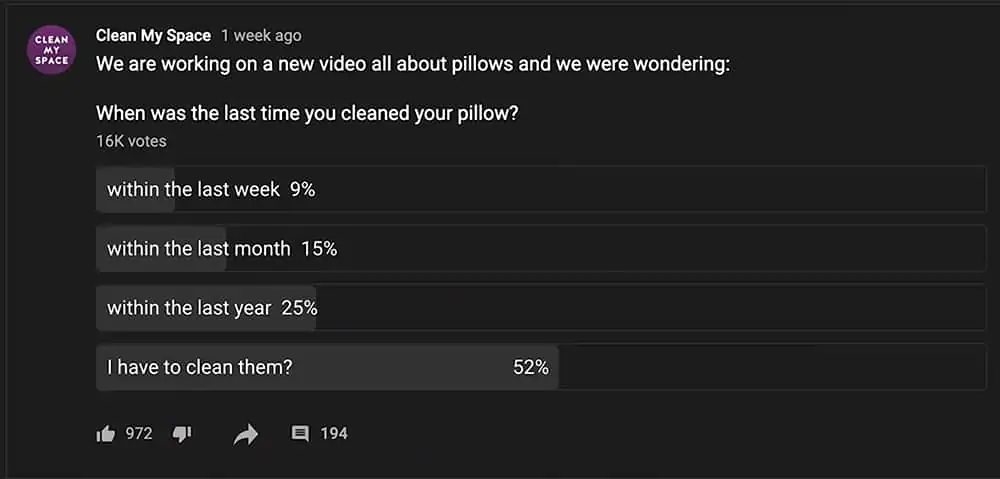
The Importance of a Good Pillow
Any health practitioner can tell you how important it is to have a quality pillow. Getting a good night’s sleep is contingent on factors like your mattress and pillow. Without a good night’s sleep, I am not a happy camper, so finding the perfect pillow for me and keeping it in excellent condition is really important.
Taking good care of your pillow will help it last longer, maintain its shape, stay fluffy, and stay clean. So let’s discuss how to do this so we can all get a much-needed 40 winks. And if you don’t know how to care for a mattress, run, don’t walk over to How To Clean, Deodorize, and Care For A Mattress.
When To Replace Pillows
No amount of proper cleaning can extend a pillow’s life indefinitely. Eventually, you will have to replace your pillows. Studies show you should replace pillows every 1 to 3 years, depending on the type of pillow and the quality of care you’re giving your pillow.
While it can be hard to remember when you bought your fluffy friend, there are some tell-tale signs to look out for that could mean it’s time for a new one:
- If your pillow is lumpy and you can’t break up the lumps
- If your pillow itself (not the pillowcase) is discolored or stained
You can also try the fold test on your pillow. Fold your pillow in half. If your pillow springs back, it’s good to go. If it stays folded or slowly unfolds, it’s time to toss.
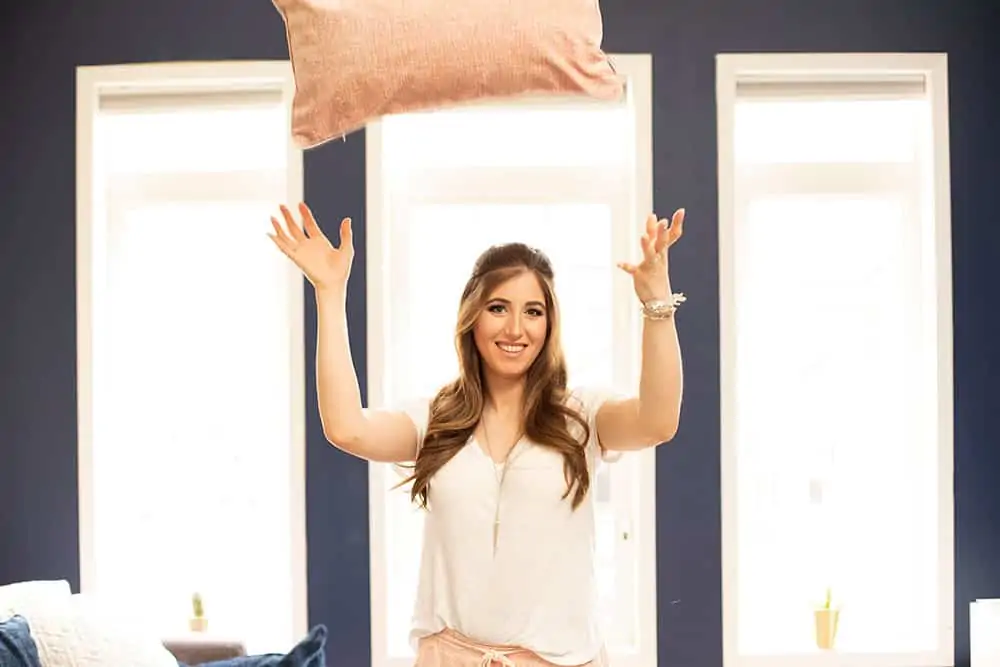
How to Wash A Pillow
The four types of pillows I typically encounter are synthetic, cotton, down, and memory foam. For synthetic, cotton, and down pillows, you should be washing them approximately three times a year. For memory foam, you’ll have to follow different instructions because they aren’t washing-machine friendly.
So let’s get into the captivating world of washing pillows! I’ll cover each type of material and how to clean it. So keep reading to learn about your type of pillow, or just to impress your friends with your excellent pillow-related knowledge.
How To Wash Memory Foam Pillows
Memory foam has a very dense cellular structure. If you look at a cross-section of memory foam, it looks like a piece of sponge cake with many tiny holes. This makes memory foam tricky to clean because once moisture gets into the tiny holes, it can never really get out. For this reason, you can’t actually wash memory foam.
Never get your memory foam pillow wet! Instead, buy a pillow protector for your pillow and wash that frequently. The upside to memory foam is you can’t clean the pillow itself, so that’s one less cleaning task for you. The downside is because you can’t clean memory foam itself, you may want to replace this pillow a little more frequently than you would pillows made with other materials.
Feather, Synthetic, and Cotton Pillows
If you have a feather, synthetic, or cotton pillow, you can wash it in the washing machine. But hold up a minute. You can’t just throw a pillow into the washing machine and call it a day.
If you have a top load washing machine with an agitator, which is that central bar that turns everything around, you will need to wash your pillows in pairs. That way, you’re not putting an uneven load on one side of your machine. If you have a top-load or front load washing machine with no agitator, pop in as few pillows or as many pillows as you can safely fit.
Use gentle, scent-free detergent because that material is going against your face and eyes! Unless the instructions on your pillow say otherwise, wash in warm water on a regular cycle with an extra spin cycle to ensure you get as much water out as possible before drying. Similarly to washing towels, if your pillow is smelling a little ripe add half a cup of baking soda to the wash.
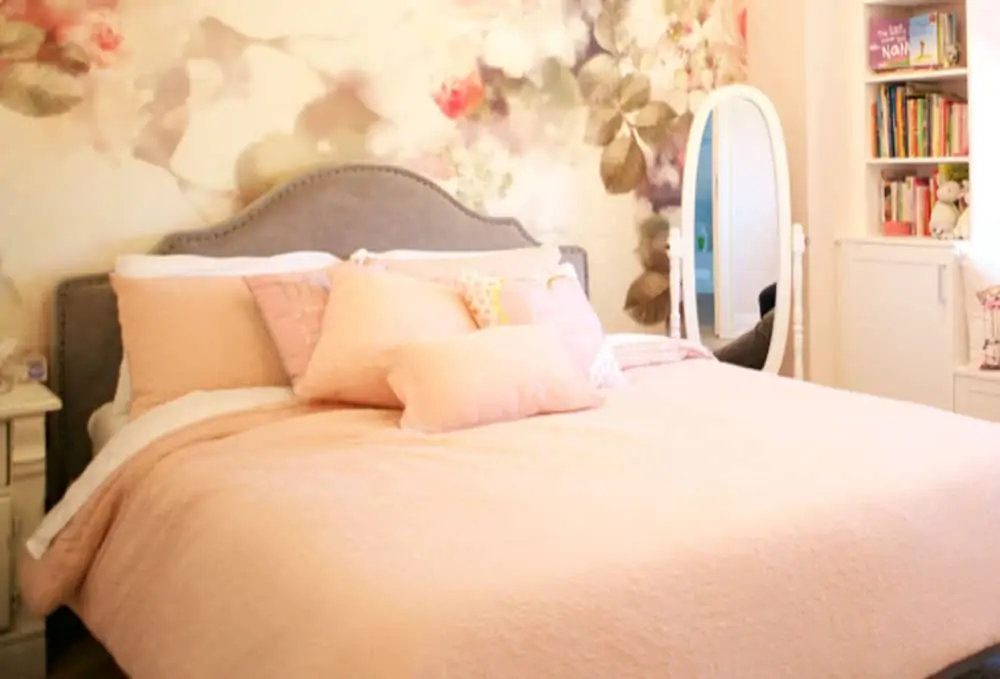
How to Dry Pillows
Put every single dryer ball you have in the dryer. This is a crucial step in getting your pillow to dry without any lumps. If you don’t have dryer balls, you can put a tennis ball in a sports sock and tie the sock closed, but I recommend dryer balls if possible.
Drying your pillow thoroughly will prevent mold from growing inside. Never take a pillow out of the dryer until it’s thoroughly dry and feels warm or hot to the touch. You want every drop of moisture out of there before you put the pillowcase back on.
A pro tip for testing your pillow for moisture is to hold it to your face and take a deep breath. If you feel moisture in your mouth, you know there’s still moisture in the pillow.
Fluff Your Pillow
As you sleep, your head creates a groove in your pillow. Over time, this groove will become permanent, and your pillow will start feeling flat. To avoid this, fluff your pillow each morning when you make your bed.
It’s impossible to keep your pillow as bouncy as it was when you first bought it, but you can help it stay fluffy for longer by adding this to your morning routine.
Wet Hair Faux Pas
Going to bed with wet hair; we’ve all done it, but it’s a total no-no. After all the hard work you put into washing and drying your pillow, don’t create mold by soaking it with your wet hair! If you must shower before bed, put a towel over your pillow to protect it.
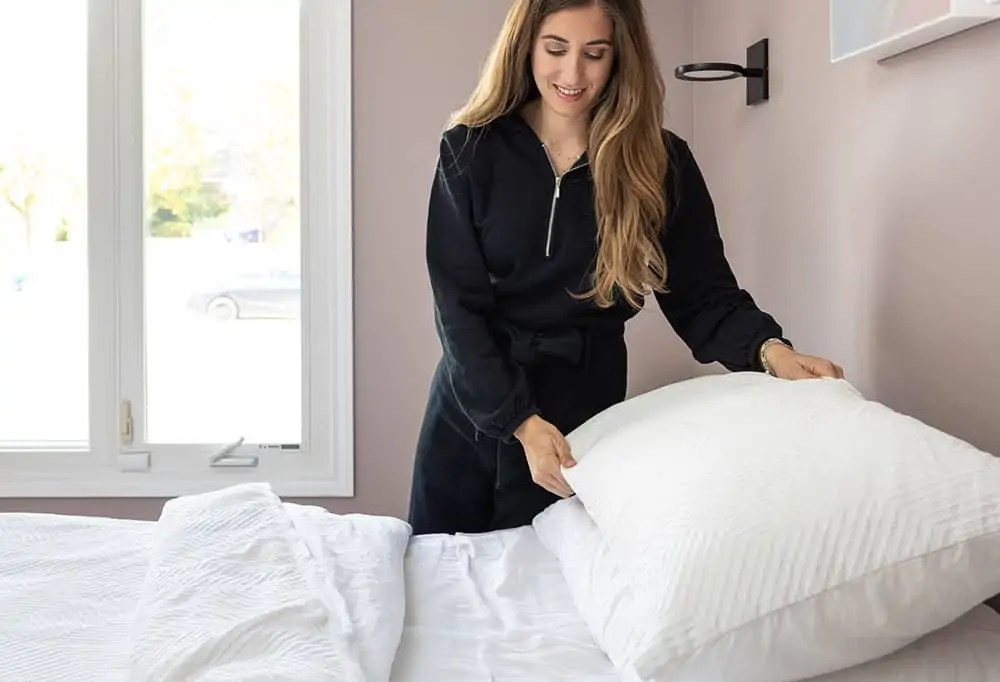
Dry Your Pillow With Sunlight
On a recent Clean My Space YouTube video, we got a great comment from a viewer in the Caribbean. She said she likes to hang her pillows off her balcony with two laundry clips, letting them dry in the sun. While this will take longer than the dryer, it’s a great way to deodorize your pillow on a warm, sunny day.
Always Use A Pillow Protector
If you’re sleeping on a pillow without a pillow protector, cut it out! A pillowcase is a barrier between your pillow and all that yucky stuff it absorbs like skin cells, sweat, etc. But, of course, a pillow protector isn’t an iron shield. Your pillow will still absorb things over the years, but much less than if you weren’t using a protector. Plus, it acts as a moisture barrier so you can avoid mildew.
Wash Pillows Like A Pro
My genuine hope is that the 52 percent of you who answered our community poll saying you never cleaned your pillows are now fully equipped with the information needed to care for your pillows properly. And that the other 48 percent of you learned something new about pillow care.
Now 100 percent of you can rest easy knowing your pillow and your face are protected from mold, dander, and everything else.
Looking for a BETTER & EASIER Way to Clean Your Home?
Cleaning Expert Melissa Maker is here to help with her game-changing 3 Wave Cleaning System that will help you clean your house faster and easier than you ever thought possible!





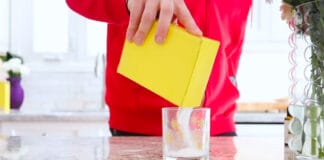












Good to know about the information you have shared with us. I think your tips and strategies could help the writers to do their work properly.
” Washing Pillows: Professional Secrets for Fluffy Pillows ” Nice article , useful for me
i wish there would be gaming chair cover so we can use them and wash them instead of making chair dirty.